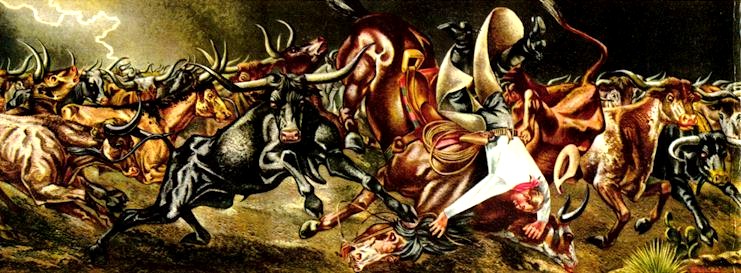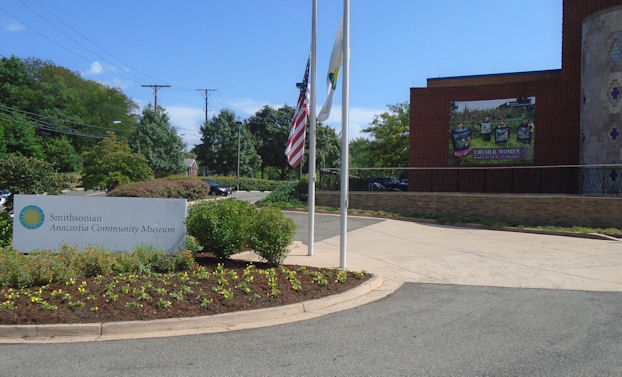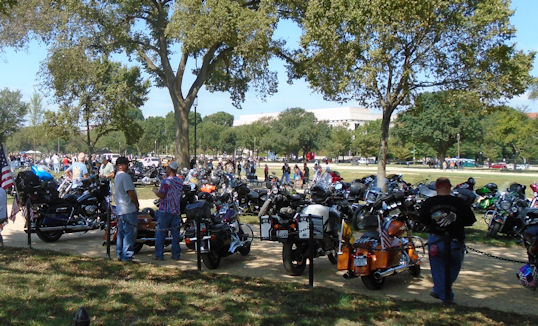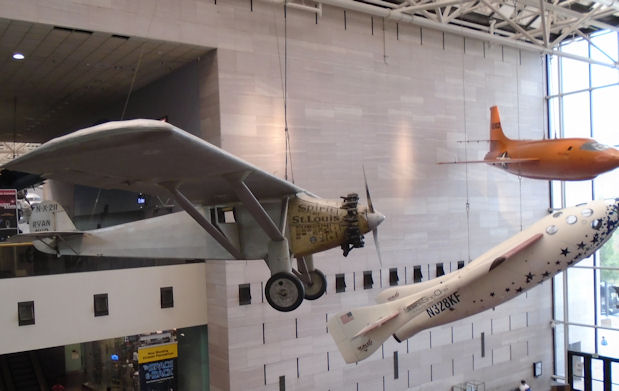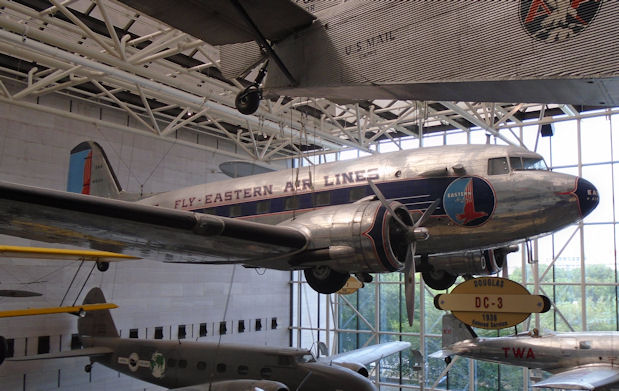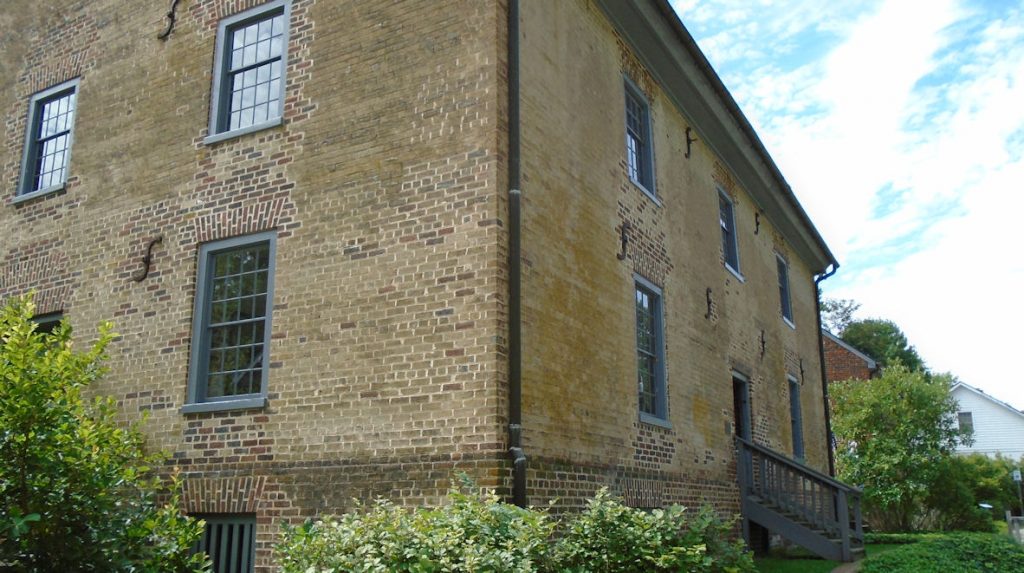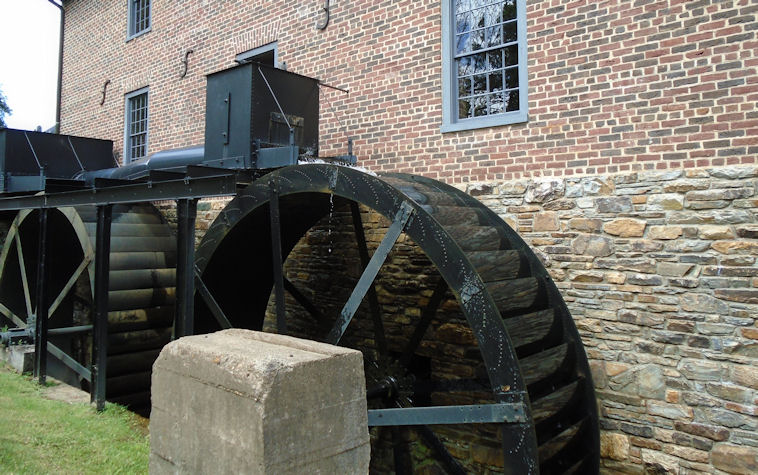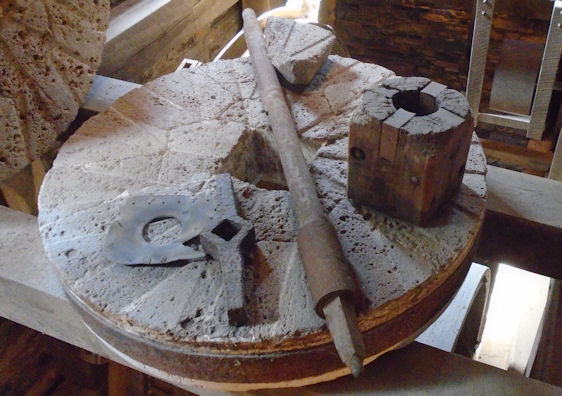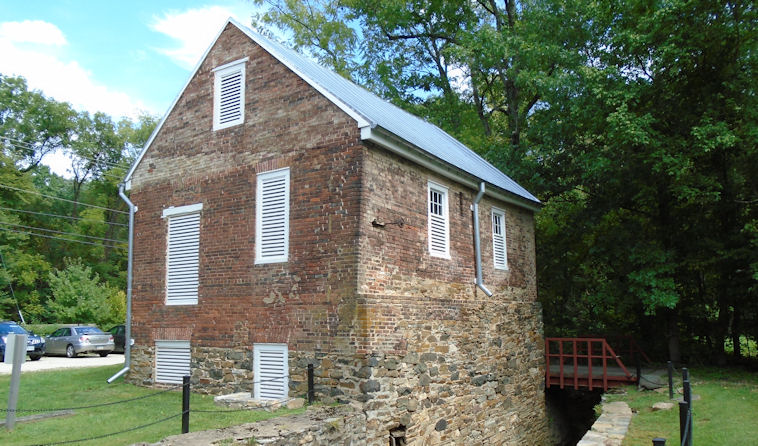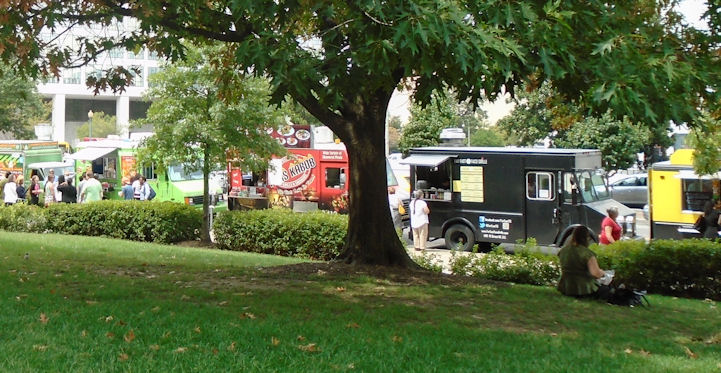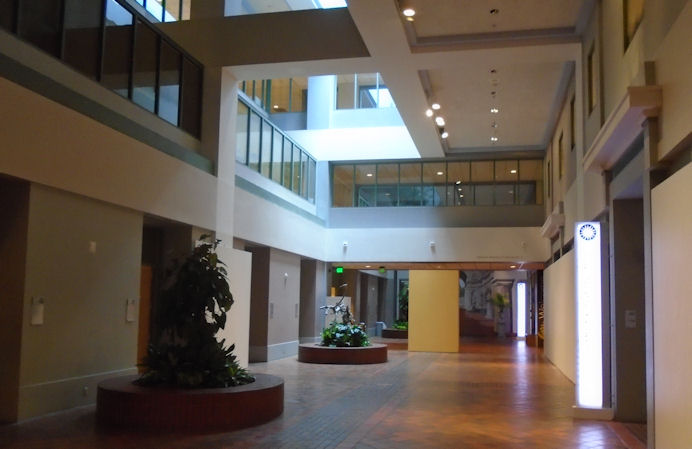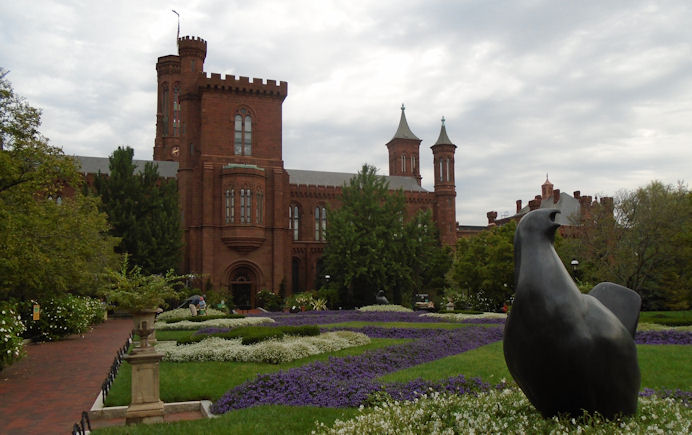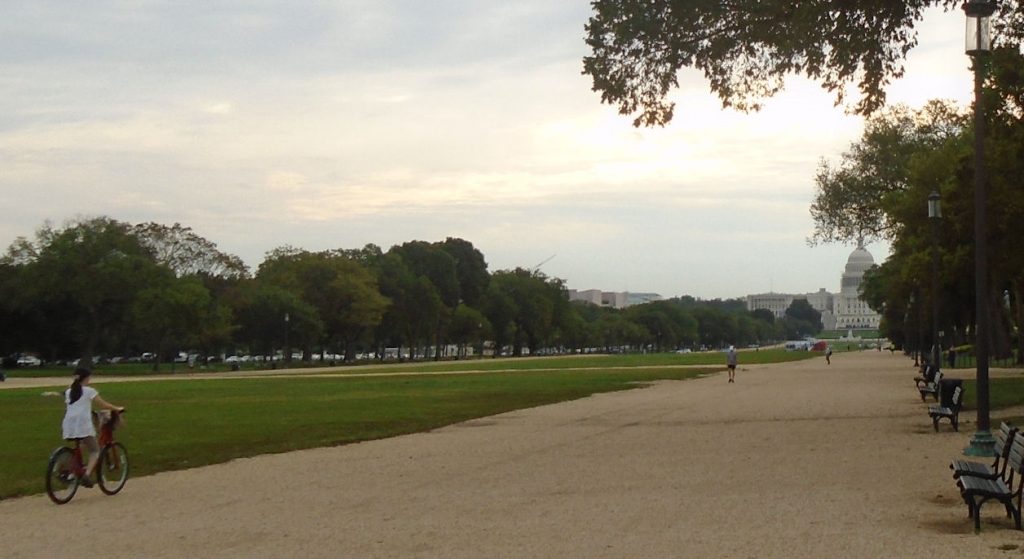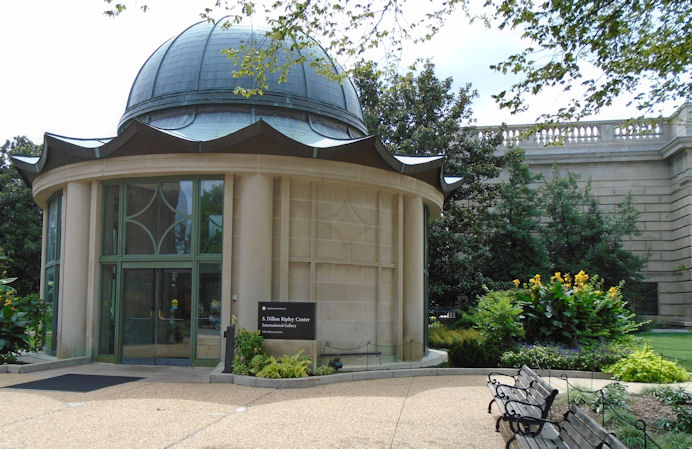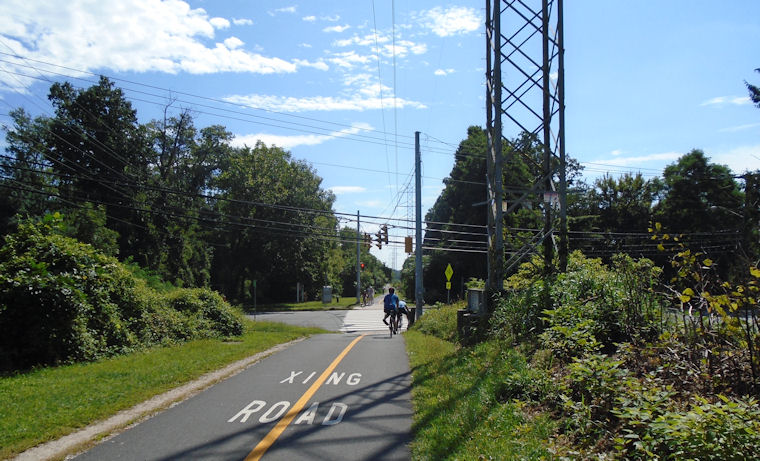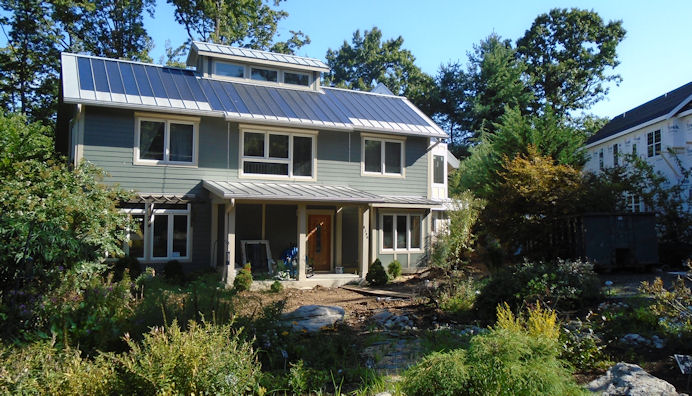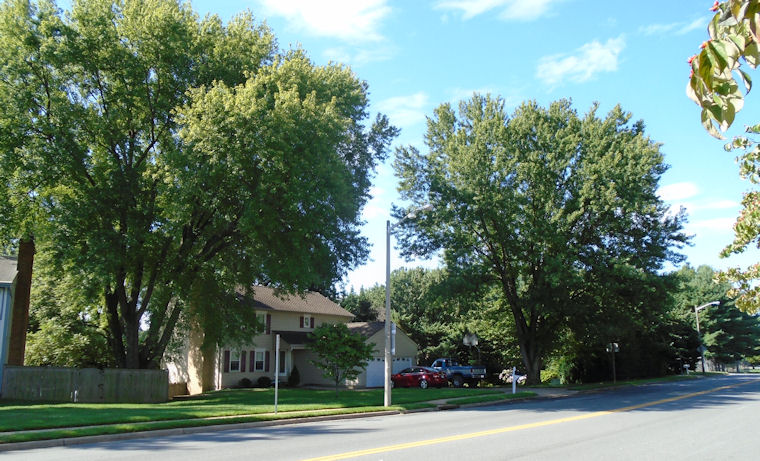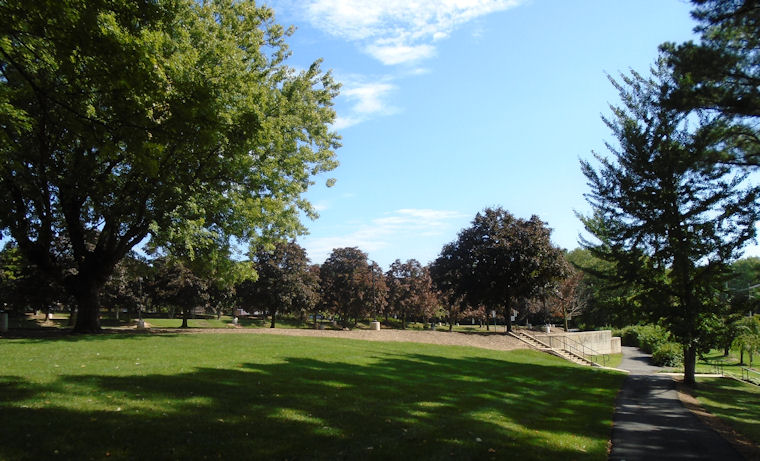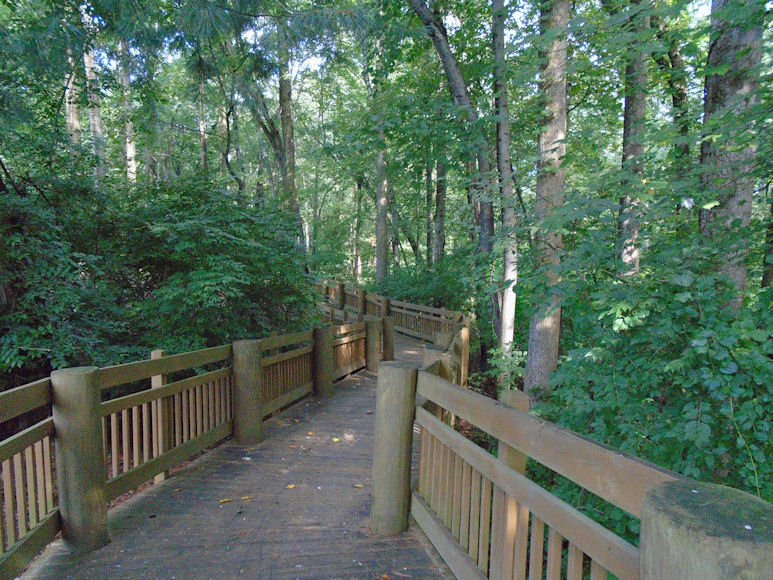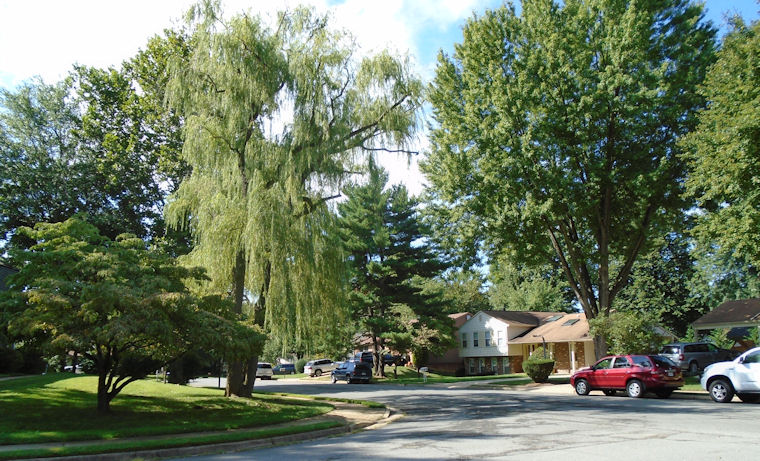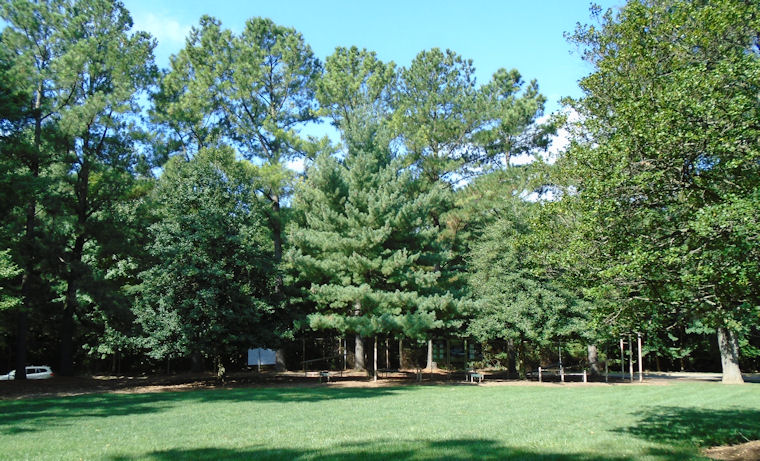
I went to the signing ceremony of a book about the Kennewick Man at the Natural History Museum. Douglas Owsley, the author, is a real hero. He stood up to the forces of politically correct superstition to get the science done.
The Kennewick Man skeleton was discovered in Washington State back in 1996. At first they thought it was the skeleton of a settler, since he did not have characteristics of Native Americans. They were surprised to find that it was more than 9000 years old.
At that point, the local Indian tribes claimed him and demanded that scientific investigation stop. They wanted to destroy the remains, i.e. rebury them and not tell where. According to their creation myths, they had always been there, so anybody from there was theirs. “From our oral histories, we know that our people have been part of this land since the beginning of time. We do not believe that our people migrated here from another continent, as the scientists do.”
I am not a believer in creation science, whether usual or native varieties. I respect that some people do believe this stuff, but I don’t believe we should give them the authority to veto science, but this was what was happening. Read the linked article. I think you will be appalled by what our government mindlessly did. They went so far as to destroy (vandalize) the site.
The lesson is that science is never really settled. We should never legislate science or stand in the way or inquiry. Pre-history is more complex than we like. The ancestors of the Native American were not the only ones and maybe not the first to enter North America. Telling this story should be the work of historians and scientists, not tribal leaders, politicians or bureaucrats.
We are still not safe. The remains are still held by the ACE and the tribes are still trying to get them bones “back” so that they can remove them forever from scientific study. But we have learned a lot already. An important lesson already is that races are not permanent. This man would belong to none of the modern ethnic groups or races. We are always in a state of change.


